Search
Search Results
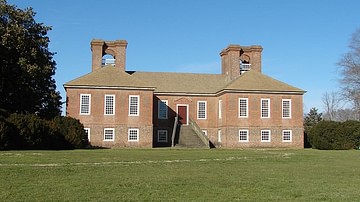
Image
Stratford Hall
Stratford Hall Plantation in Westmoreland County, Virginia. It was a residence of the prominent Lee family of Virginia and the birthplace of two signers of the Declaration of Independence, Richard Henry Lee (1742-1794) and Francis Lightfoot...
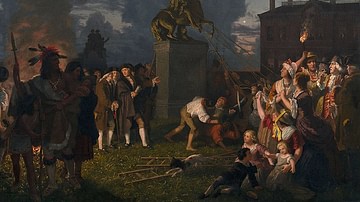
Image
Pulling Down the Statue of King George III
On 9 July 1776, American Patriots and Sons of Liberty pull down the statue of King George III of Great Britain in New York City, shortly after George Washington read the United States Declaration of Independence. Two months later, the British...

Collection
15 Military Leaders of the American Revolution
The American Revolutionary War (1775-1783) was intially a rebellion carried out by the Thirteen Colonies of British America against Great Britain, sparked by the issue of taxation without representation. It soon blossomed into a War of Independence...

Definition
French Revolution
The French Revolution (1789-1799) was a period of major societal and political upheaval in France. It witnessed the collapse of the monarchy, the establishment of the First French Republic, and culminated in the rise of Napoleon Bonaparte...
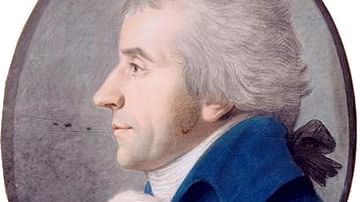
Definition
Jacques-Pierre Brissot
Jacques-Pierre Brissot de Warville (1754-1793) was a French journalist, abolitionist, and politician who played a prominent role in the French Revolution (1789-1799). A leader of the Girondins, a moderate political faction, Brissot was instrumental...
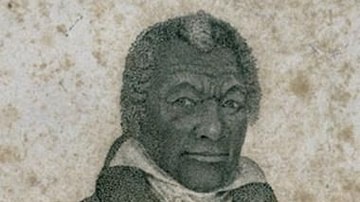
Definition
James Armistead Lafayette
James Armistead Lafayette (l. c. 1748-1832) was an African American Patriot who served the Continental Army as a spy during the American Revolutionary War (1775-1783). During the Siege of Yorktown, he infiltrated the British camp to bring...
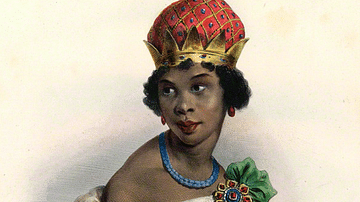
Definition
Portuguese Angola
Portuguese Angola in southwest Africa was the first European colony on that continent. While settlement from 1571 proved problematic in the interior, the Portuguese did obtain a large number of slaves which they shipped to their Atlantic...

Definition
Anschluss
The Anschluss ('fusion') of 12 March 1938 was the annexation and formal union of Austria with Germany. Adolf Hitler (1889-1945), the Nazi leader of Germany, dreamed of an empire which enclosed all German speakers, his 'Greater Germany'. Hitler's...
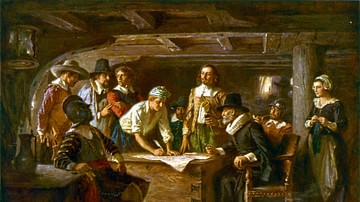
Definition
Mayflower Compact
The Mayflower Compact is the agreement between the 41 male passengers of the ship Mayflower establishing the form of government of the Plymouth Colony (1620-1691), signed on 11 November 1620 off the coast of present-day Massachusetts, USA...
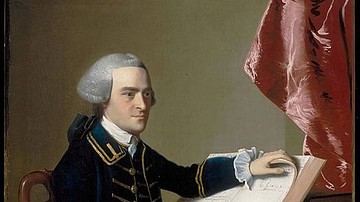
Definition
John Hancock
John Hancock (1737-1793) was a merchant, politician, and Founding Father of the United States, who helped lead the Patriot movement during the American Revolution (1765-1789). He served as president of the Second Continental Congress from...